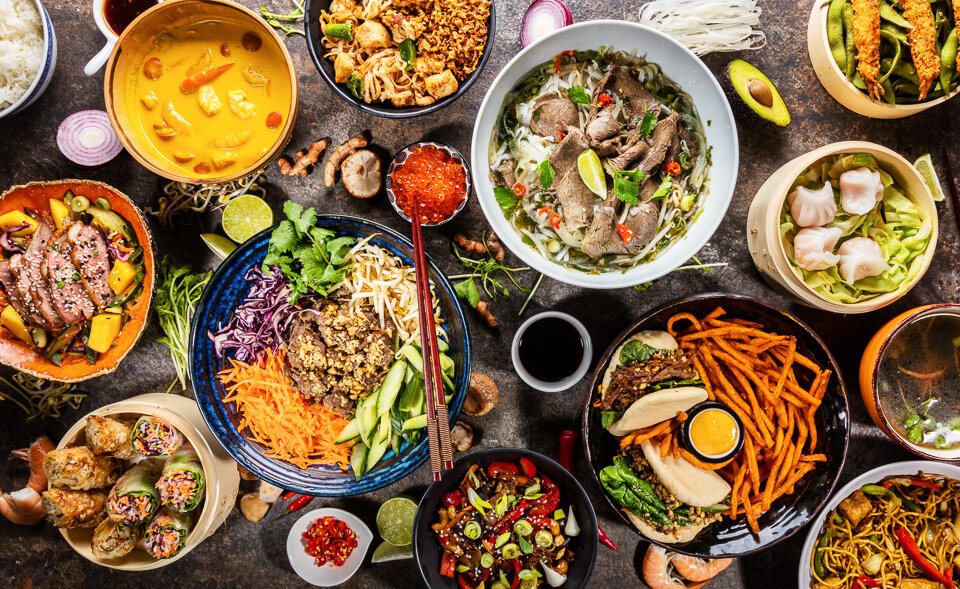Spices have the amazing power to elevate a dish from mediocre to remarkable. They narrate tales of identity, culture, and history. Centuries of history and a special bond with the place of origin are associated with a dash of cumin or a pinch of cinnamon. Let’s embark on a delectable exploration of the spices that characterize some of the most recognizable cuisines in the world.
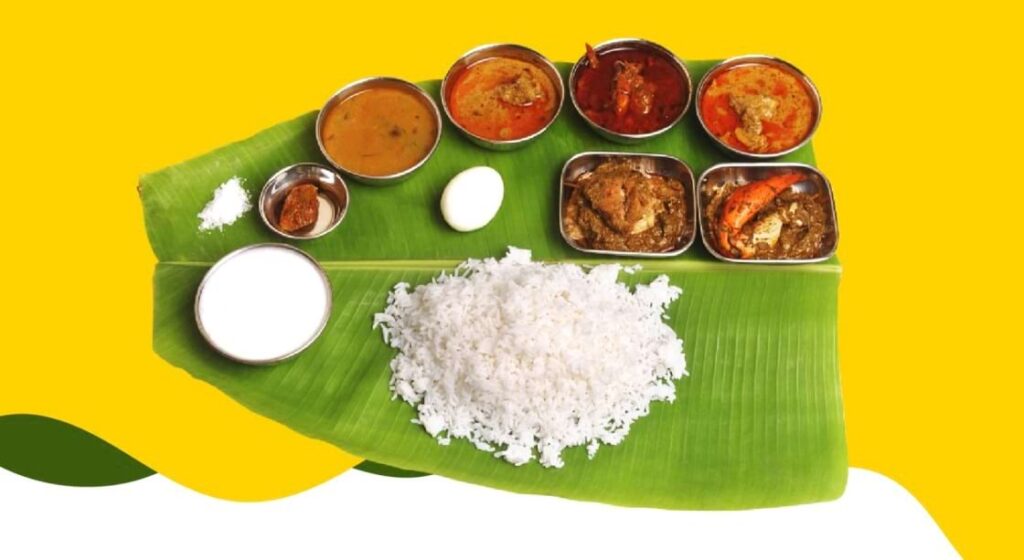
One of the best examples of a spice paradise is India. In addition to providing a taste explosion, the warm, earthy combination of turmeric, cumin, and coriander in a curry reflects India’s rich culinary history. Every Indian region has its own special blend of spices, such as the hot mustard seed and curry leaves of the south and the garam masala of the north.
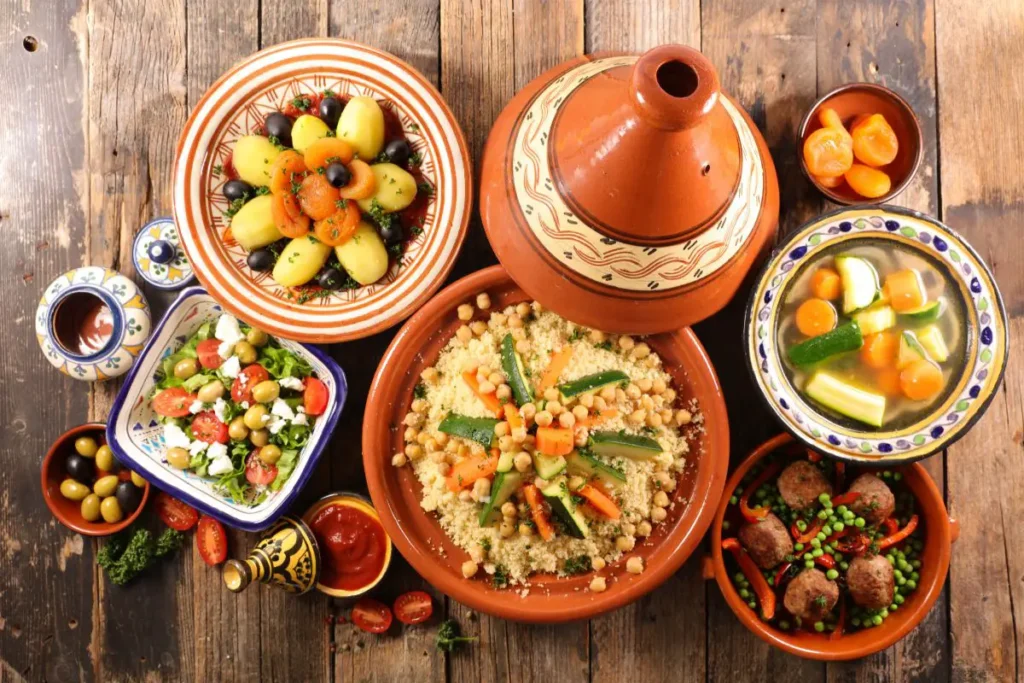
With a blend of up to 30 spices, such as cardamom, nutmeg, and cinnamon, ras el hanout gives Moroccan food its warm, sweet, and savory overtones. This blend creates foods that are fragrant and incredibly filling, giving stews and tagines their distinctive depth and richness.
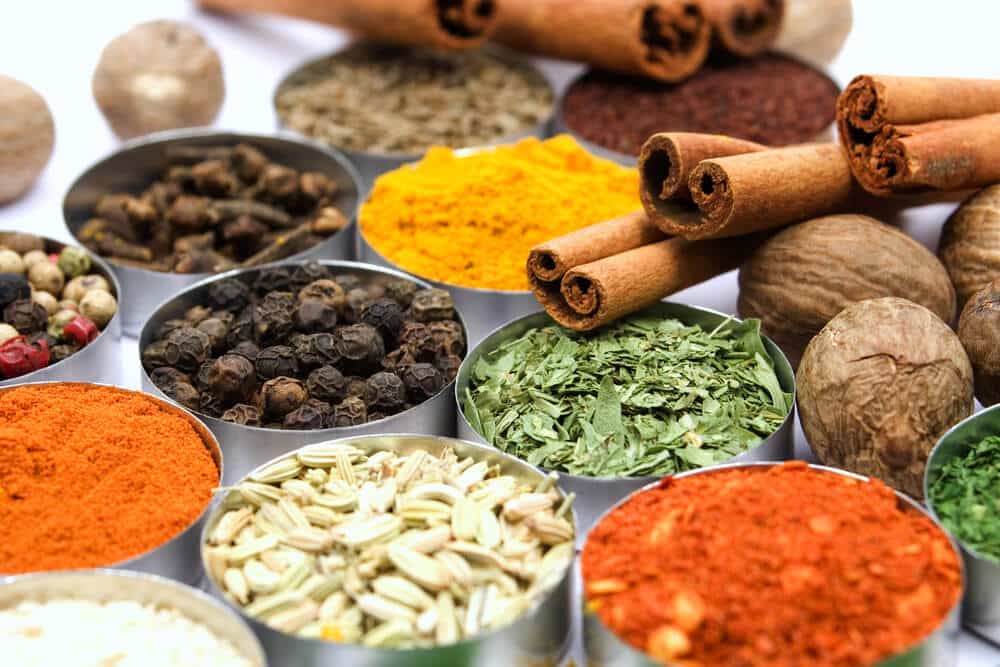
In Mexico, mole sauce is enhanced by the addition of chocolate, cinnamon, and chili powder. Mole is more than just a meal; making it takes hours and is a labor of love. A memorable experience is produced by the way the spices combine layers of sweet and spicy flavor.
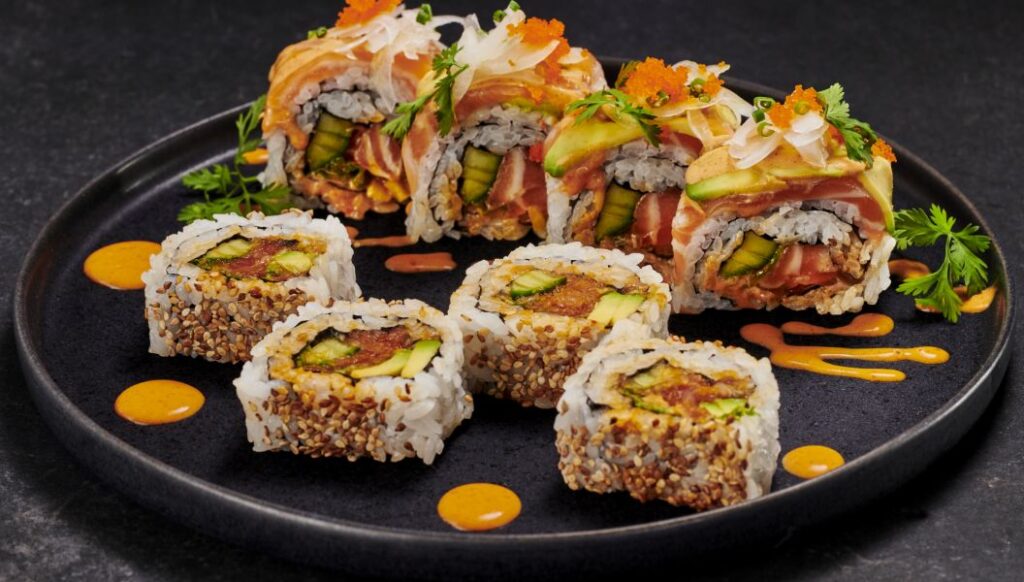
In Japan, shichimi togarashi, a seven-spice blend, is used to balance and simplify meals like grilled meats and ramen while adding complexity and fire. A meal can be elevated with a few well-chosen spices, as this dish exemplifies.
Herbs of Provence add the rustic charm of French country cooking, while spices like paprika define the smoky, deep flavor of Hungarian goulash, even in European kitchens.
Spices tell stories; they are more than just ingredients. Every meal they improve embodies the spirit of the culture it symbolizes. Remember this the next time you grab your spice rack: you’re connecting with a savory heritage from someplace in the world, not merely seasoning your dish.

